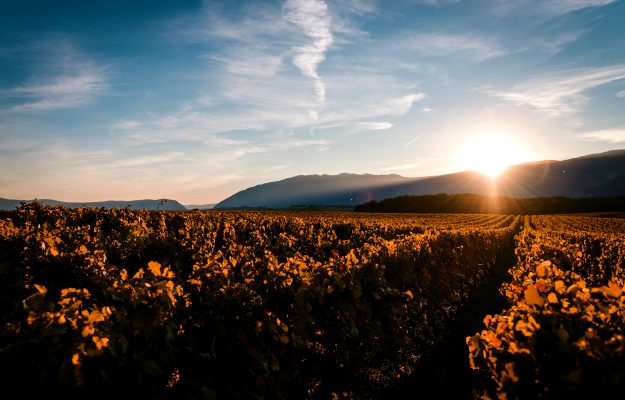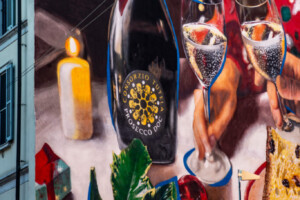In life, in any field, timing is everything. Also in agriculture, and especially in viticulture. And if it is widely held that stressful conditions, when overcome, allow the vine to express the best of its potential, as has been told many times, at the end of years that promised to be complex, if not potentially catastrophic, and then resolved in a more positive way from the qualitative point of view of the grapes, now there are those who have put this on paper with in-depth scientific research, which simplest synthesis is that “to make good wine you need the right water, at the right time”. This is supported by a study conducted at the Department of Agricultural, Food and Agro-Environmental Sciences of the University of Pisa, published in the journal “Frontiers in Plant Science”, which recently received the SOI-Patron Award from the Società di Ortoflorofrutticoltura Italiana, which first author is Giacomo Palai, and which is part of a wider research activity conducted in the Precision Fruit Growing Lab, coordinated by professor Giovanni Caruso and in the Viticultural and Oenological Research Laboratory, coordinated by professor Claudio D’Onofrio.
According to which “drought helps to improve the quality and colour of the Sangiovese grapes, the Tuscan vine par excellence, but only if water stress is imposed at specific stages of ripening and at precise intensities”. The findings demonstrate for the first time how the combination of intensity and timing of the water deficit influences the accumulation and specific profile of anthocyanins and flavonols in grapes”, explains Giacomo Palai; in particular, according to the study, a moderate water deficit before veraison (when the berry is still green, from June to mid-July) increases the number of flavonoids in the grape, while severe water stress post-veraison (from mid-July until harvest) influences the colour of the berries, and therefore of the wine, making them darker and closer to shades of blue.
“Water stress as a tool for managing phenolic content is especially important for Sangiovese in Tuscany, which is frequently over-drained, continues Palai. However, wines with higher levels of colour and phenols are obtained in this manner, which is consistent with international grape variety standards”.
“In recent years, national viticulture has been under intense pressure due to climate change, with less rainfall and longer periods of drought threatening grape quality, particularly in the most suitable areas - adds Professor Giovanni Caruso - in this context, precision irrigation and specific protocols for managing water deficits are critical tools for maintaining and improving grape quality, as well as exploiting and turning potentially critical conditions into positive ones”.
Copyright © 2000/2025
Contatti: info@winenews.it
Seguici anche su Twitter: @WineNewsIt
Seguici anche su Facebook: @winenewsit
Questo articolo è tratto dall'archivio di WineNews - Tutti i diritti riservati - Copyright © 2000/2025









































































































































































































